At Home in the
Wine Country
Architecture & Design in the California Vineyards
Heather Sandy Hebert
and Chase Reynolds Ewald
Contents
Introduction
The California wine country is a region without distinct edges, whichseems only appropriate given its global influence. From the northern tip of SanFrancisco Bay up the length of the Napa Valley and beyond, arcing over to theRussian River Valley to the fog-draped coastal Sonoma hills, then down the coast tothe Carmel Valley and continuing south to Santa Barbara County, Californias winecountry eschews definition as it continues to expand and evolve.
In recent decades, the region has come to be defined by its lifestyle asmuch as its wines. It has developed its own ethos, one whose contemporary expressionis creative, sustainability minded, art-filled and bathed in light. Highly refinedyet without pretense, it has a youthful attitude and a decided sense of fun. Centralto California living is the indoor-outdoor experience; todays homes seamlesslyintegrate the regions sublime scenery and climate with its cuisine andlifestyle.
Each in our own way, we were destined to explore it. Heather was raisedwithin the architecture community of Northern California, and went on to craft acareer focused on translating the magic of architecture and design into words, bothas the longtime marketing director for an international architecture practice and asa freelance writer. Chase came to the West Coast as a graduate student, in part todiscover her fourth-generation California roots, and stayed to document the history,design, cuisine and art of the American West.
When we met, we were both at work on books exploring different facets ofthe Wests vibrant architecture and design community. But one cant live in the BayArea without encountering a steady stream of wine country news, outings, culturalreferences and, yes, design. We were both keenly aware of the extent to which winecountry architecture had evolved in recent decades, and we were drawn together inour wish to showcase the wine countrys unique lifestyle and sense of community.Indeed, as residents of the northern Bay Area, we are part of that community.
Life in the wine country is a unique blending of agriculture andsophistication, lived outdoors amidst surroundings of prodigious beauty. Those drawnto make their homeor second homein the wine country are often linked to thegrowing of grapes or the making of wine, but not always. Some simply bring with thema love of wine and the vitality of community it engenders. Indeed, the wine countryis a small world, close-knit and supportive, where a pace of life more attuned tothe land and seasons allows its residents to form deep bonds. This is a place wherenew residents rub elbows with families who have cultivated the land for generations.
Nothing has illustrated that spirit more than the response to the firesthat have increasingly become a part of the cycle of life in California, burning inthe wine country again and again. In each instance, people banded together,supporting one another in a way that only a truly connected community can do, andillustrating for us the resiliency that can come only from a deep connection to theland and its people.
Here, time is measured in seasons, and the notion of renewal is integralto understanding the sense of place. Some vineyards have been in place for over ahundred years, drawing nutrients from roots plunged deep into the sometimesdifficult soil. But each year brings new growth, a new crop and new possibilities.So it goes with the people of the wine country, a blending of old and new, sharingan entrenched love of the land and the lifestyle. This likely explains why so manywho establish second homes in the wine country tend to spend more and more timehere, until the wine country becomes home and their more urban residence becomes aplace to visit.
At Home in the Wine Country showcases work from many of the regions toparchitects and designers. This virtual tour documents a native, terroir-derivedstyle that has evolved dramatically since the days when the region looked toEuropean chateaux for inspiration. The residences featured here comprise just asample of the extraordinary breadth and depth of work being done today in the winecountries of northern and central California. From refined rustic to updatedagrarian to unapologetically modern, the range of stylesas well as the variedapproaches to managing environmental factorsis broad. While each project is theresult of careful consideration of client, program and site, its starting point isalways place.
Set within landscapes of extraordinary beauty, these homes also existwithin a fragile environment. Since many dwellings are sited on hillsides within thewildland-urban interface, architects have become well-versed in design principlesand practices that minimize impact on the existing environment and increase thestructures resistance to fire. While several homes in our book were threatened bythe most recent fires of 2020, all have survived thanks not only to the courage offirst responders and community residents, but also to design and building practicesthat increased their resilience.
Seventeen homesplus four unique auxiliary structures, including a poolhouse, a party barn, and a dining pavilion with production gardenslaud wine-countryliving in an atmosphere of understated, family-focused hospitality.
For one retiree, a sustainable structure with rammed-earth walls withinan 18,000-acre eco-development near Carmel is a nature-focused forever home. Furthernorth in Glen Ellen, a simple farmhouse-style weekend retreat represents theculmination of one designers career interpreting wine-country style as a transplantfrom the UK. In the hills overlooking Sonoma, a collection of boxes juxtaposesgeometric black-and-white forms with disappearing walls against a verdant landscape.Set amid the vines on the floor of the Napa Valley, a cluster of buildings expressesCalifornias agrarian traditions while deftly incorporating a subtle nod to thearchitectural legacy of the famed Sea Ranch. On a forested hillside, a thoroughlycontemporary abode is built as a transparent envelope from which to experiencenature, and becomes an expression of the soul of both its place and its owners. Ahistoric bungalow in downtown Sonoma retains its original charm while embracing anexuberantly modern addition for owners of a wine business. Perched on a hillside notfar from downtown Napa, a simply rendered house overlooks vineyards with a sweepingview of the valley below, the result of one mans lifelong passion for the work ofEast Coast icon Hugh Newell Jacobsen.
No work of this type is possible without a legion of architects, interiordesigners, contractors, landscape architects, engineers, sustainability consultants,lighting designers, art experts, artists and photographers. Without theircreativity, passion, institutional knowledge and hard work, projects of this qualitywould never come to fruition. And none of it would appear in formats like thiswithout homeowners willing to share their most intimate spaces. These are the placesto which they retreat to rejuvenate, entertain and make memories, the places inwhich they can most be themselves. Yet they invite readers in so that thesehomesbeautiful, unique, responsibly designed and carefully craftedcan be seen,providing us all with pleasure and inspiration.




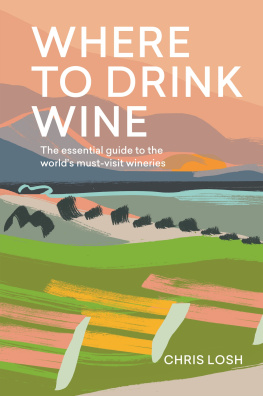
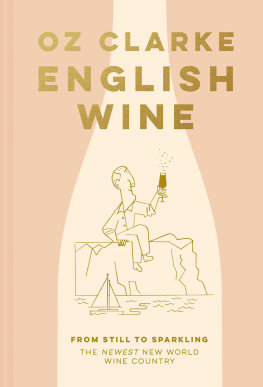

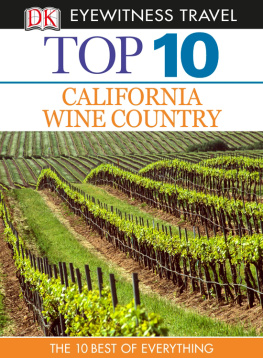
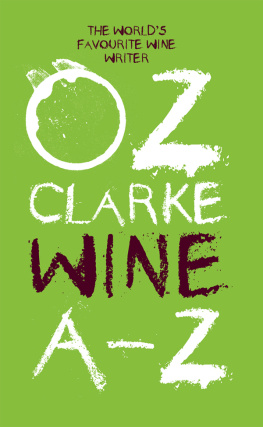
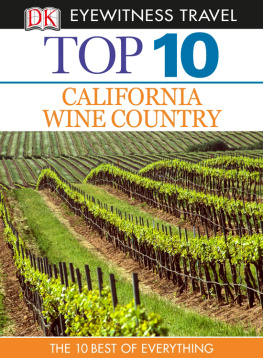

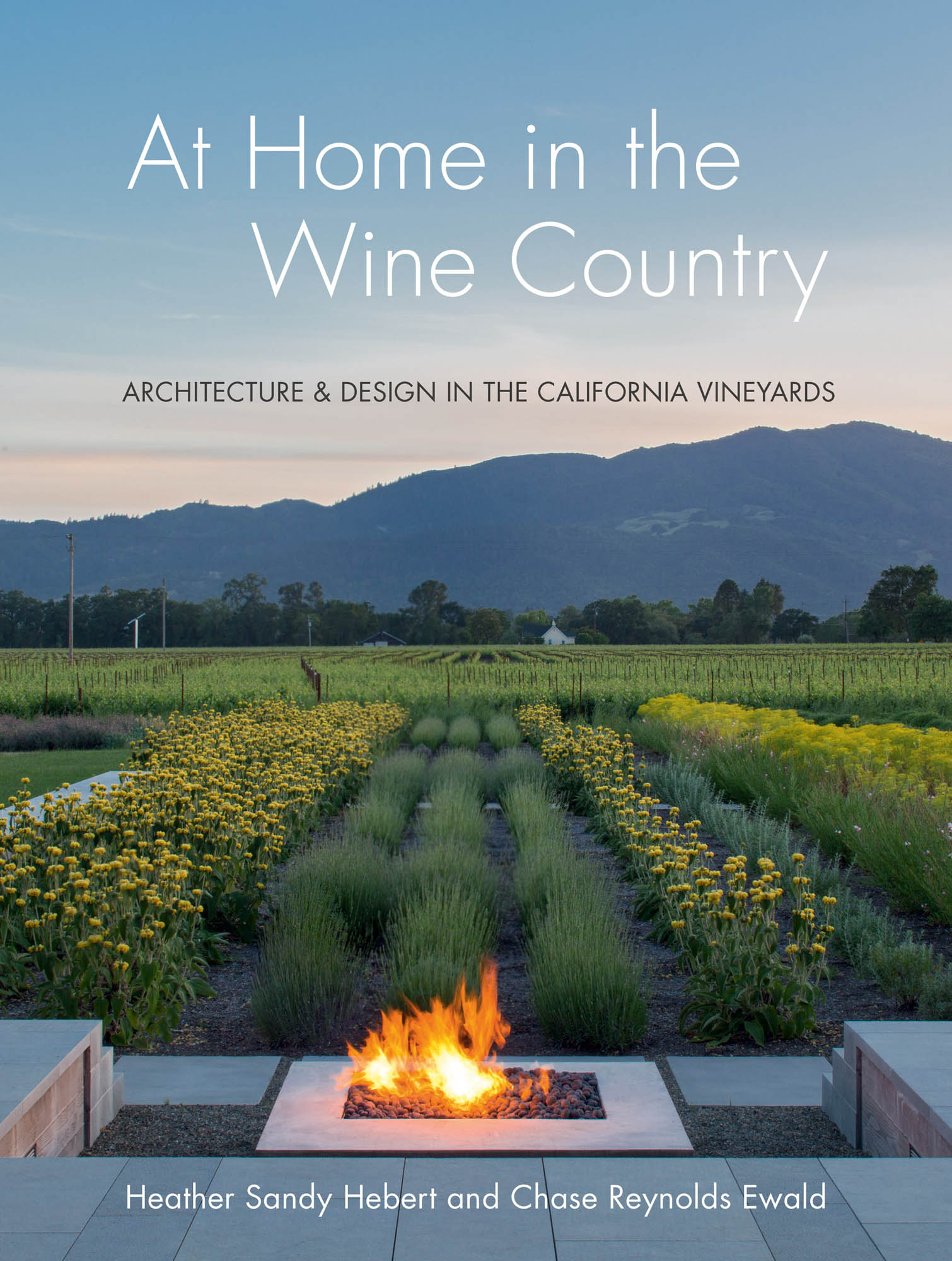

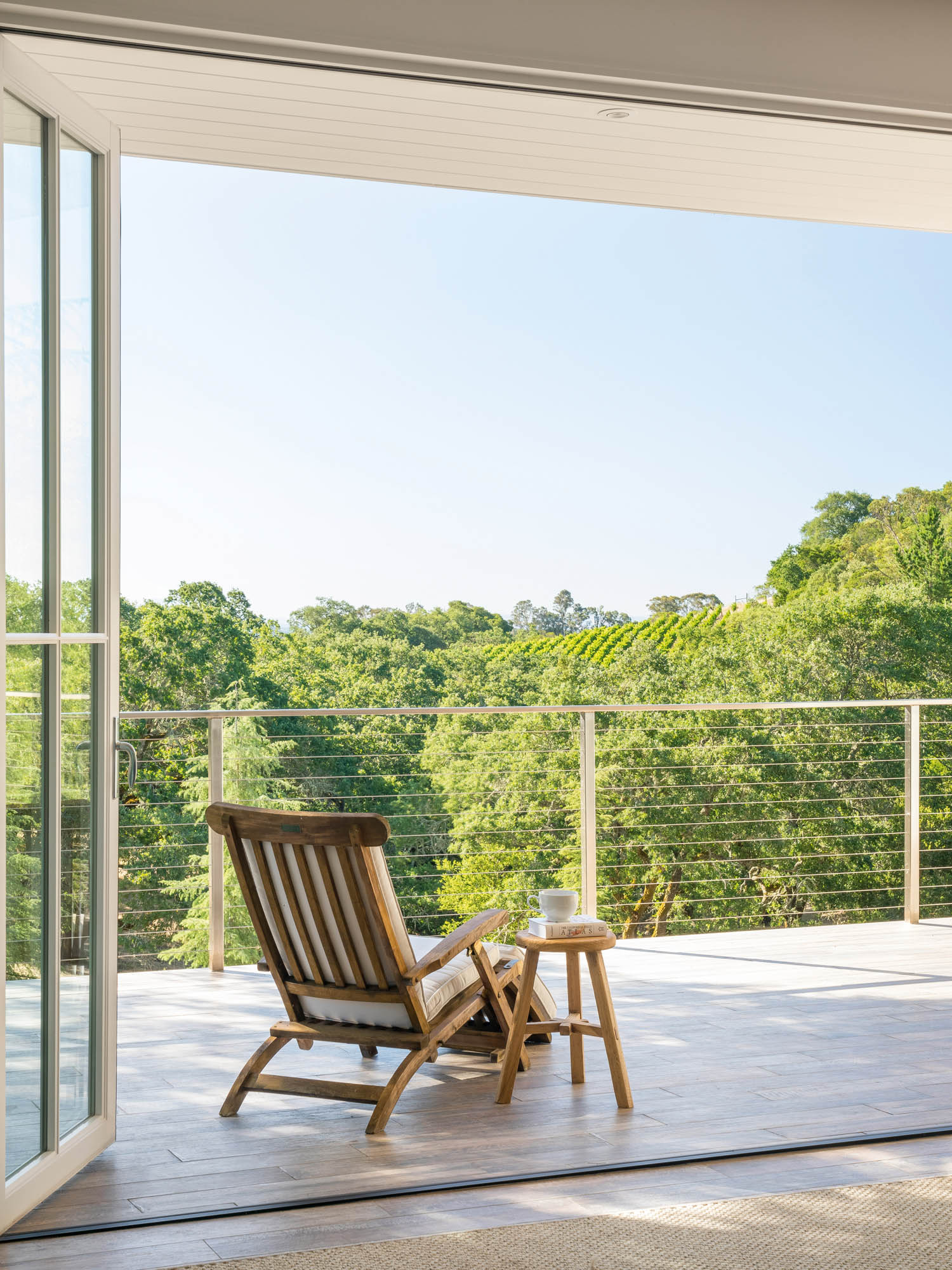
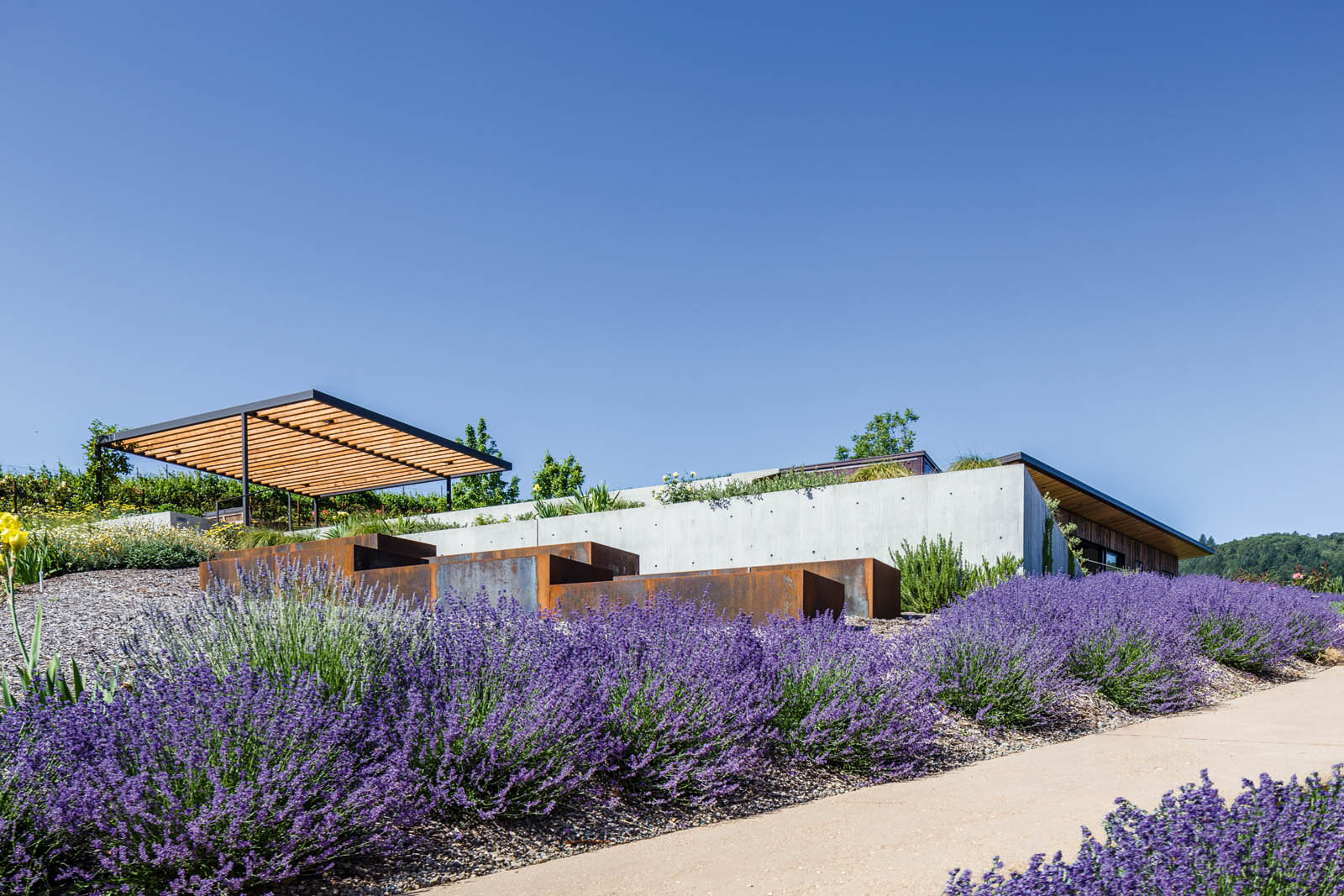
.jpg)